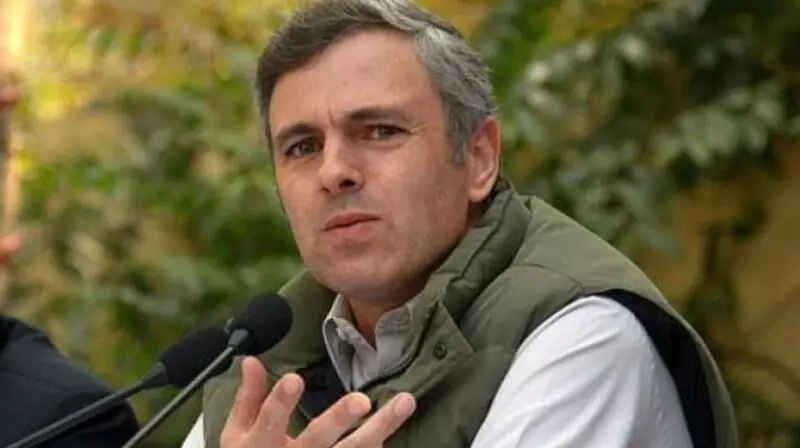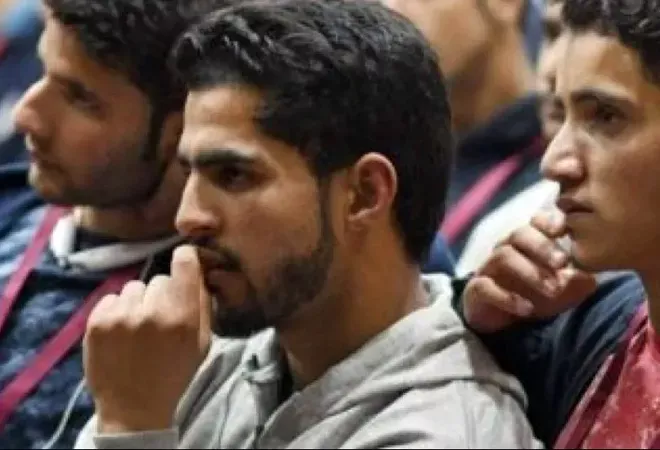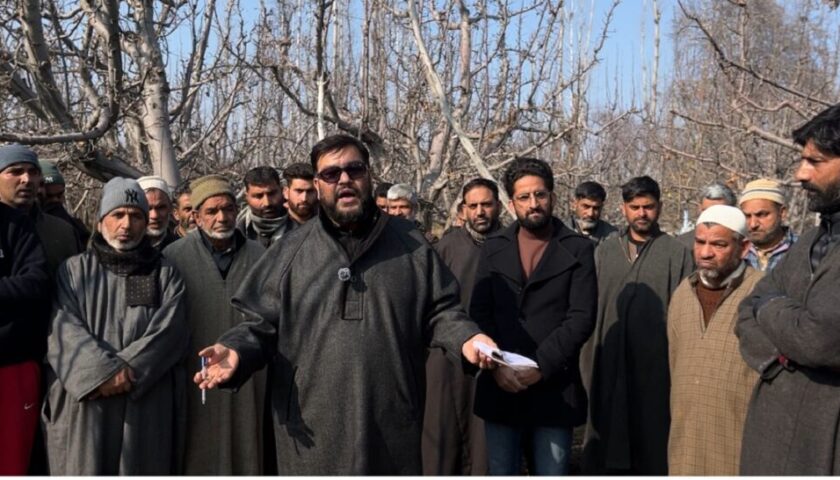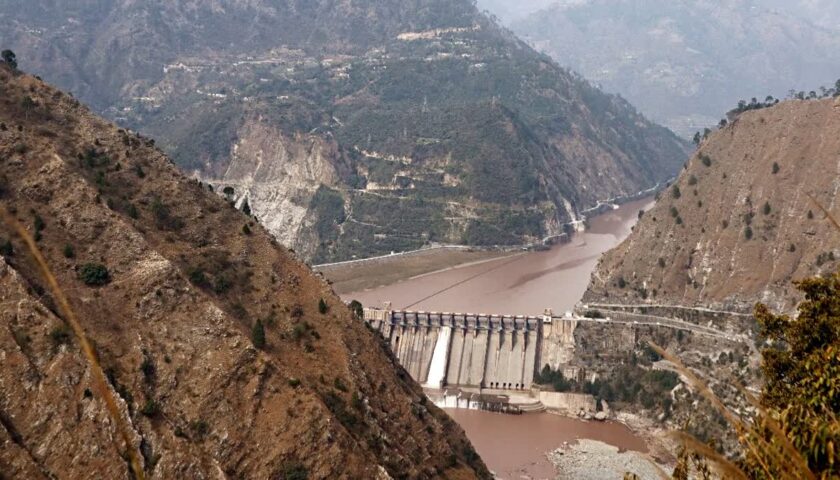Omar Abdullah’s Shifting Politics: Statehood, Delhi, and the Future of Jammu and Kashmir
By: Javid Amin | 12 September 2025
From Conciliation to Confrontation
When Omar Abdullah returned to power in 2024 as the Chief Minister of Jammu and Kashmir (now a Union Territory), his political approach seemed pragmatic. He avoided direct confrontation with New Delhi, instead choosing to work within the boundaries of UT governance.
At first, this strategy made sense. The region was still adjusting after the abrogation of Article 370, and Abdullah emphasized stability, development, and dialogue. His message was clear: cooperate with the Lieutenant Governor and Centre, secure incremental gains, and keep the doors of communication open.
But by mid-2025, that tone had changed dramatically.
Martyrs’ Day Defiance
On July 13, 2025 (Martyrs’ Day), Omar Abdullah defied house arrest orders and scaled the wall of Srinagar’s Khwaja Naqshband Sahib shrine to pay homage to the 1931 martyrs. The imagery was powerful—police shoving him back while he laid floral tributes.
For many Kashmiris, it was a turning point. No longer was Abdullah simply navigating Delhi’s framework; he was openly challenging its restrictions. Public reaction ranged from outrage to admiration. For the first time in years, the National Conference leader looked like he was reclaiming his political legacy of resistance.
Independence Day Rebuke
A month later, on Independence Day, Abdullah sharpened his rhetoric. His speech in Srinagar went far beyond ceremonial patriotism.
He:
-
Criticized the Centre for delaying the restoration of statehood.
-
Accused Raj Bhavan of stalling decisions of the elected government.
-
Announced a signature campaign demanding full statehood for J&K.
This was his first direct rebuke of New Delhi since returning to power. The message was unmistakable: cooperation had limits, and the restoration of constitutional dignity could no longer be postponed.
Rejecting the ‘Hybrid Model’
Perhaps Abdullah’s most significant intervention came in his interviews after Independence Day.
The Centre has floated the idea of a “hybrid model”—where Jammu and Kashmir might regain statehood but law and order would remain under central control.
Abdullah’s rejection was unequivocal:
“We’re not asking for a favour. The Centre promised this in Parliament and before the Supreme Court. Statehood is our right.”
He questioned why such a diluted arrangement was being proposed for J&K alone, when states like Uttar Pradesh, Maharashtra, or Punjab—all with larger populations and higher crime rates—retain full police control. For him, the hybrid model was a democracy in name, but not in practice.
Legal Battle on the Horizon
Under Abdullah’s leadership, the National Conference (NC) is exploring legal action. Senior NC leaders have hinted at moving the Supreme Court to compel the Centre to honor its commitment.
This signals a dual strategy:
-
Mobilize public opinion through campaigns and symbolism.
-
Pursue constitutional remedies in court.
By combining street politics with legal advocacy, Abdullah is framing statehood not as a demand, but as an entitlement guaranteed by the Indian Constitution and Parliament’s word.
Governing in Delhi’s Shadow
Despite the title of Chief Minister, Abdullah’s powers are sharply curtailed under UT governance.
-
Police, prisons, law and order, anti-corruption remain with the Lieutenant Governor.
-
Key files often require Raj Bhavan’s nod.
-
Analysts have likened his position to that of a “Mayor of Srinagar” rather than a true CM.
This lack of autonomy is precisely what Abdullah is using as political fuel—highlighting how J&K’s elected leaders are handicapped compared to counterparts in other Indian states.
What This Shift Means
Omar Abdullah’s evolving stance signals a deeper realignment in J&K politics:
-
Public frustration over broken promises of statehood restoration.
-
Erosion of trust in Delhi’s governance model.
-
Demand for dignity—more than just administrative control.
His political journey from cautious engagement to bold confrontation reflects the mood of the Valley: patient for years, but now increasingly restless.
If Abdullah follows through with legal battles, street mobilization, and symbolic defiance, it could reset the political dynamics between Srinagar and New Delhi.
Wider Implications
-
National Politics
-
The NC’s stronger stance could push Delhi into a corner ahead of elections.
-
Opposition parties may rally around Abdullah’s narrative of “promises betrayed.”
-
-
Regional Impact
-
Public morale in the Valley hinges on statehood restoration.
-
A stronger NC could reshape alliances, especially against the BJP.
-
-
Tourism & Development
-
As Abdullah has repeatedly argued, only full statehood can bring stable governance, investor confidence, and long-term tourism revival.
-
Conclusion: From Dialogue to Dignity
Omar Abdullah’s shift is not just tactical—it’s existential for his political career and for J&K’s democratic future. By defying restrictions, rejecting half-measures, and promising legal as well as political resistance, he has set the stage for a new confrontation with Delhi.
Whether this results in genuine statehood or deepens the standoff remains to be seen. But one thing is certain: Abdullah has re-entered the political arena not as a cautious negotiator, but as a leader seeking dignity, autonomy, and a redefined social contract for Kashmir.




